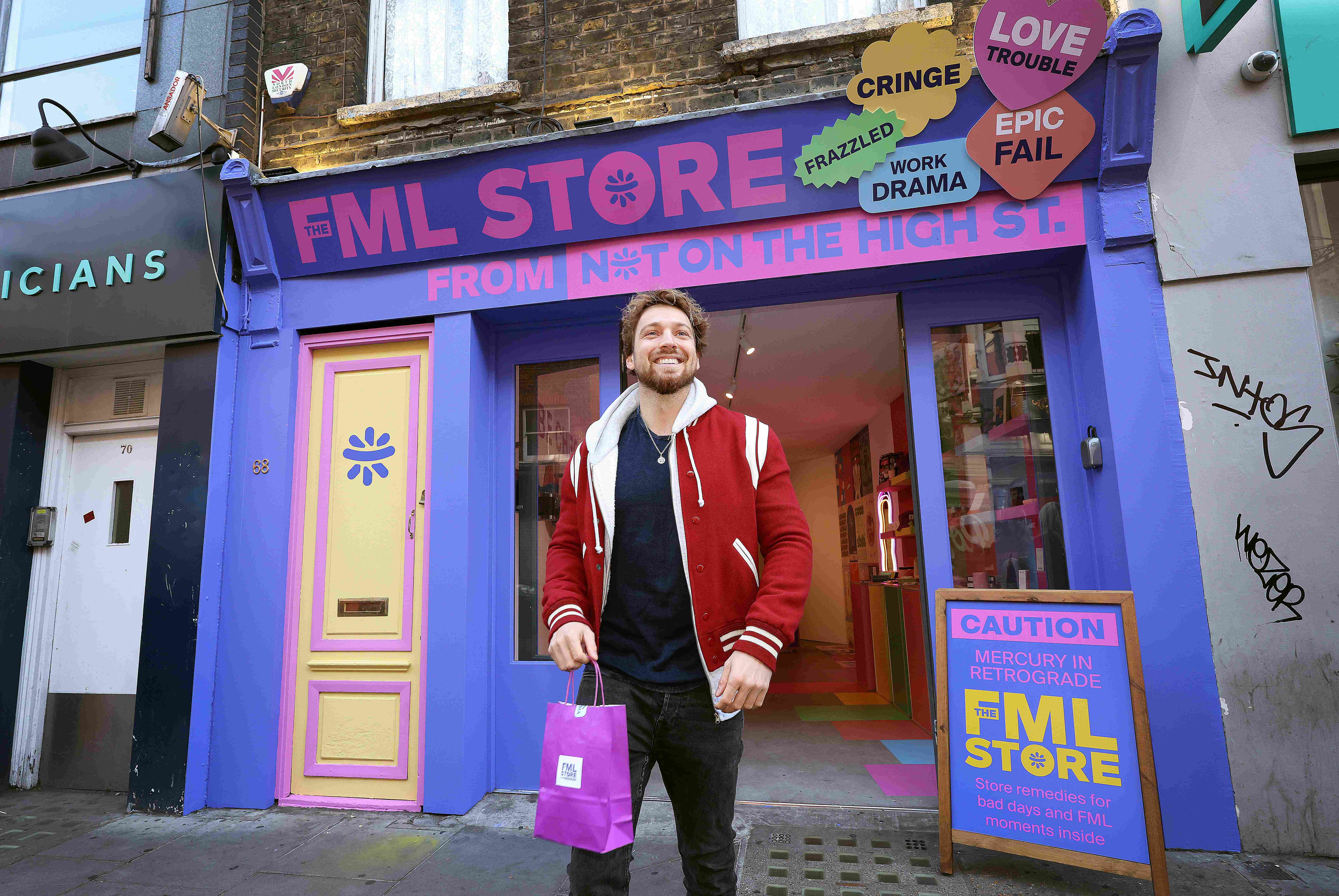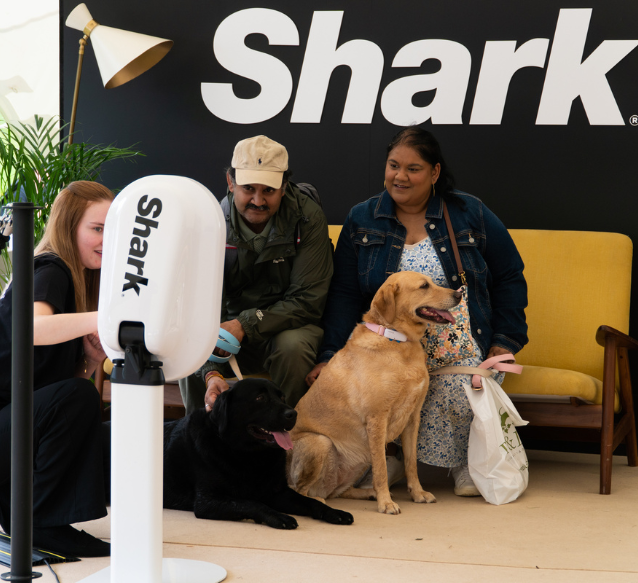Experiential Marketing:
Why Brands Aren’t Realising Its Full Potential
Experiential marketing is one of the fastest-growing marketing channels, with spending expected to reach $4.6 billion by 2026. From Netflix’s ongoing success with its immersive Stranger Things experience in London to Dove’s recent Pit Stop campaign, brands increasingly use experiential marketing to engage with consumers on a deeper level.
However, many brands are still not realising the full potential of this channel. As brands get their 2024 budget planning fully underway, it’s an important time to consider how to maximise the potential of experiential marketing spend.
When deciding the right marketing mix for consumer brands, traditional PESO media planning often kicks in. Perhaps this is led by the brand marketing lead, delegated to respective channel owners, or led by an external media agency. But what happens to the channels that don’t fit neatly into a PESO box, or the marketing levers that may not have a brand-side channel lead?
Unfortunately, this is often the case for experiential marketing. Considered by some traditional marketers as perhaps only for ‘certain types of brands’, ‘too expensive’, or ‘not measurable’ – there are all manner of misconceptions about a channel that could be the source of many brands’ competitive advantage.
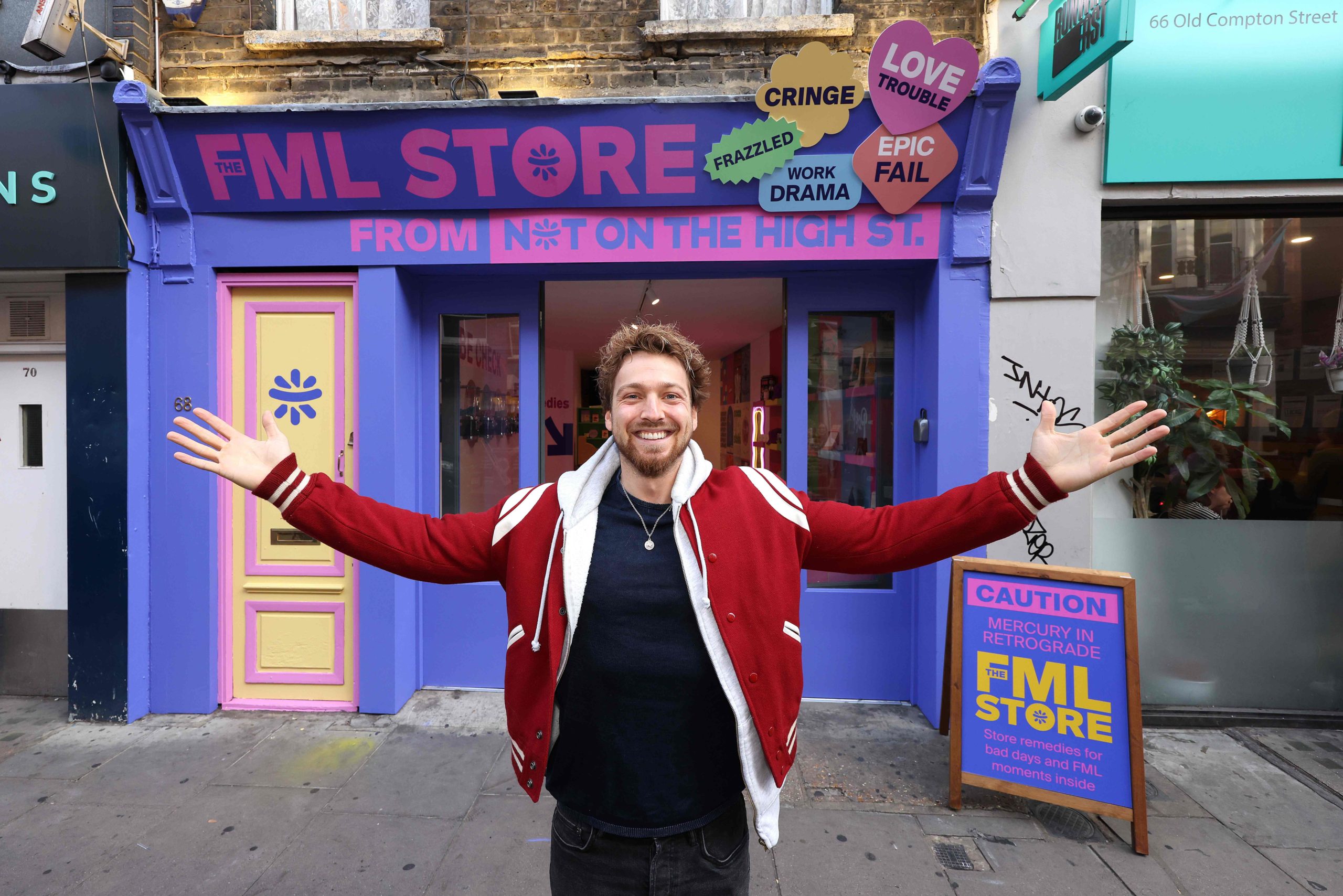
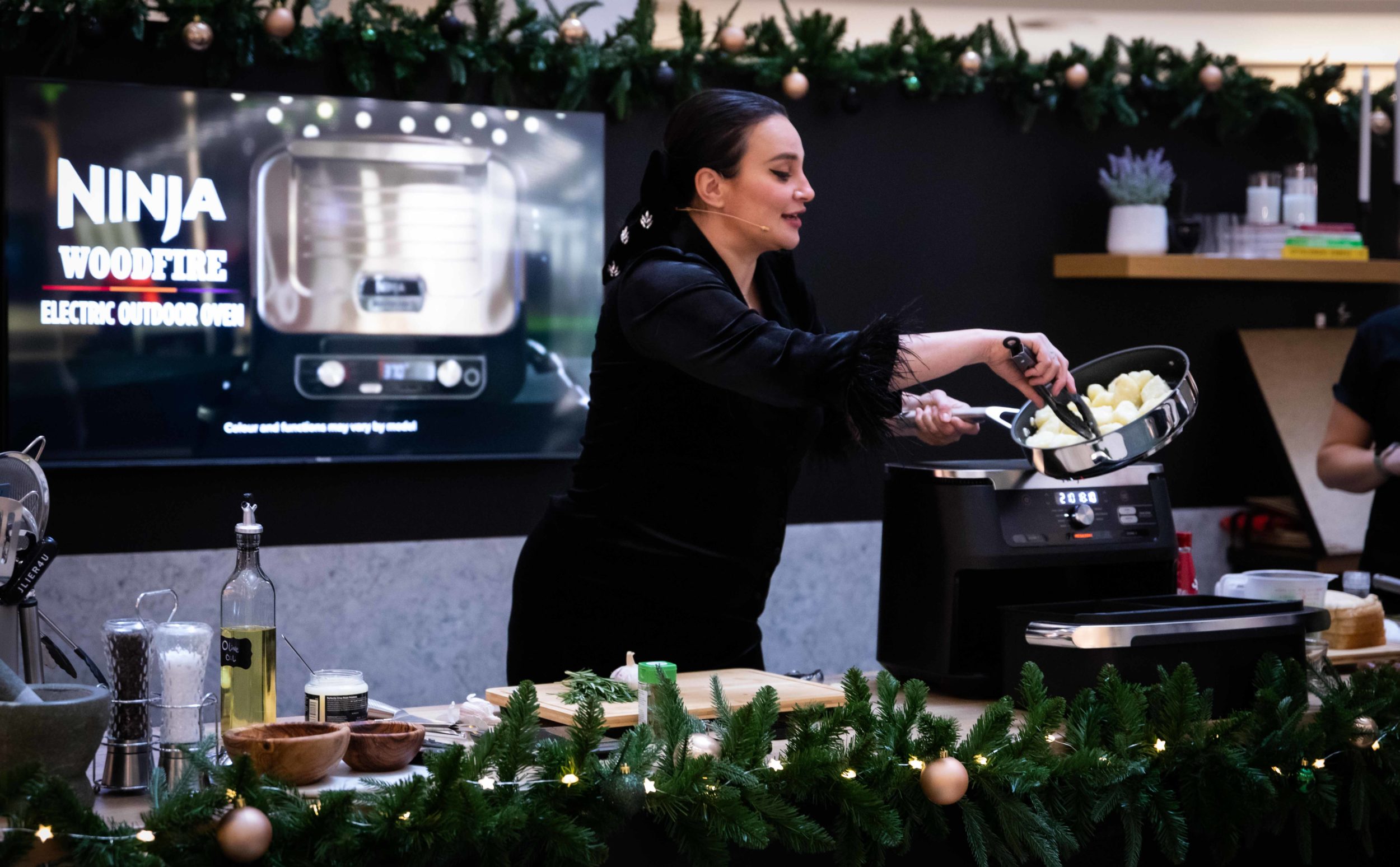
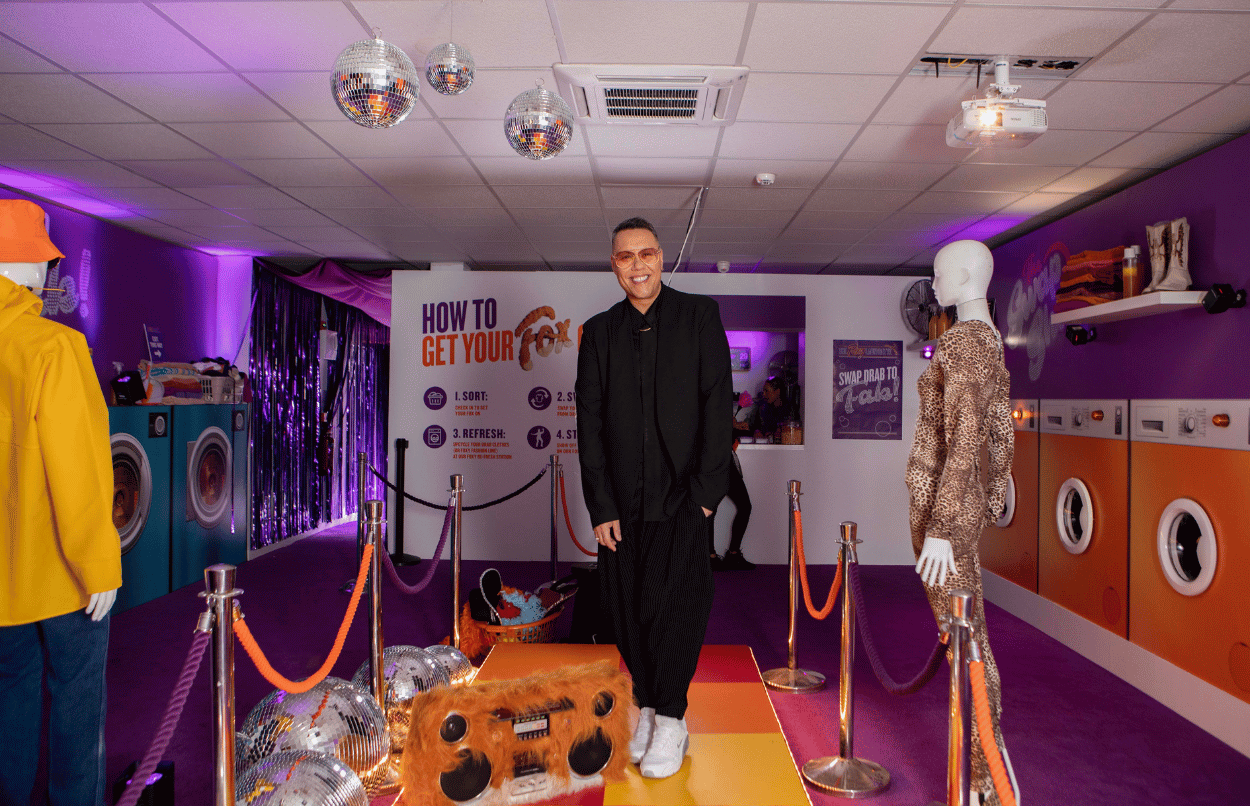
The Theory of Exponential Experience Returns
We believe this advantage stems from a principle we have coined the Theory of Exponential Experience Returns (or TEER). At the heart of this theory is an adaptation of the economic law of diminishing returns, albeit with a consumer marketing twist.
We can all relate: the first sip of cold beer always tastes better than the second or third, a new phone is most exciting when first unboxed, or a new painting for your home is most admired when first hung on the wall. However, over time our interest in material objects wanes, and we habitualise them into our everyday lives.
With experiences, the opposite happens. Rather than diminishing, TEER suggests that the value we get from experiences actually grows over time, as people enhance their memories by talking about what they have done, revisiting photos, and embellishing their stories. Part of the reason why can be explained by a study published in the Journal of Personality and Social Psychology, which explains: “Experiences have a greater power than material objects to enhance our identity and fuel our social relationships.”
This is because as humans we are defined by what we do (not what we own), so we keep reliving, retelling, and remembering our experiences to help build our social identity. The way people build emotional connections through experiences offers a huge competitive opportunity for brands to build long-term salience, loyalty and growth with their customers – all by becoming something they experience, not just own.
Maximising Experiential ROI with the 1-9-90 Rule
Going back to the misconceptions that experiential marketing can be expensive or hard to measure, it can be, if it’s being executed in a silo. This is why we adapted a principle from the origins of internet culture (which makes us sound about 80 years old), which states that in a collaborative environment such as a wiki, 90% of the participants of a community only read content, 9% update content, and 1% add original content. In other words, the majority are passively watching on the edges.
Adapted through the lens of experiential marketing, this 1-9-90 rule has become a north star for us to ensure we maximise the ROI of brand experiences with a content-first lens. In our world, the 1% is the minority of people who directly attend an event first-hand and build the deepest emotional connection with that moment. Historically, this is where brands have concentrated their experiential budgets and measurement, and then wonder why a £200k event for 100 people looks expensive when compared to other channels.
That’s because they’ve ignored the 9 & 90. The 9% are the engagers who will actively engage in experience-led content, even if they weren’t there. They’re the commenters, sharers, downloaders etc. and they play a critical role in amplifying your experience to the 90%. This group are what the IPM’s Experiential Measurement Framework defines as ‘amplified reach’, whose experiential council was chaired by Jessica Hargreaves, CEO of PrettyGreen. They’re the viewers, readers, listeners, and gossipers who hear about your experience and live it vicariously on the edges (think the 21.6m of us that watched Glastonbury live on TV plus the 50.3m that streamed digitally, vs. the 210k that were there in person).
This mass amplification to the 9 and 90 should be thoughtfully created through content distributed via paid, earned, owned, and shared channels – and should be considered both pre and post-event to maximise the return of the core experience. It can’t be done in a silo and relies on wider channels to help amplify and measure the impact through the 1-9-90 framework. But once cracked, you’ll never be asking whether experiential marketing is worth the investment again.

